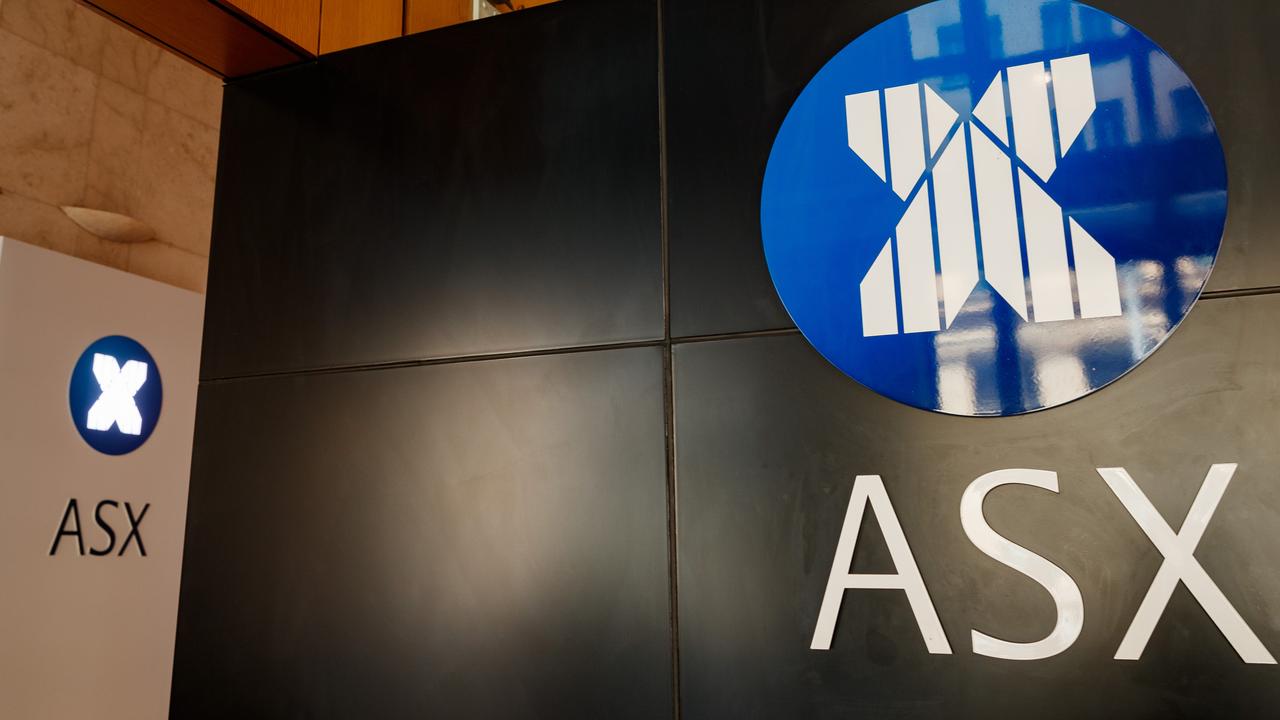Graph exposes $40 billion ‘lie’ driving immigration
Australia’s record immigration intake is largely being fuelled by what has been branded “one of Australia’s biggest economic lies”.
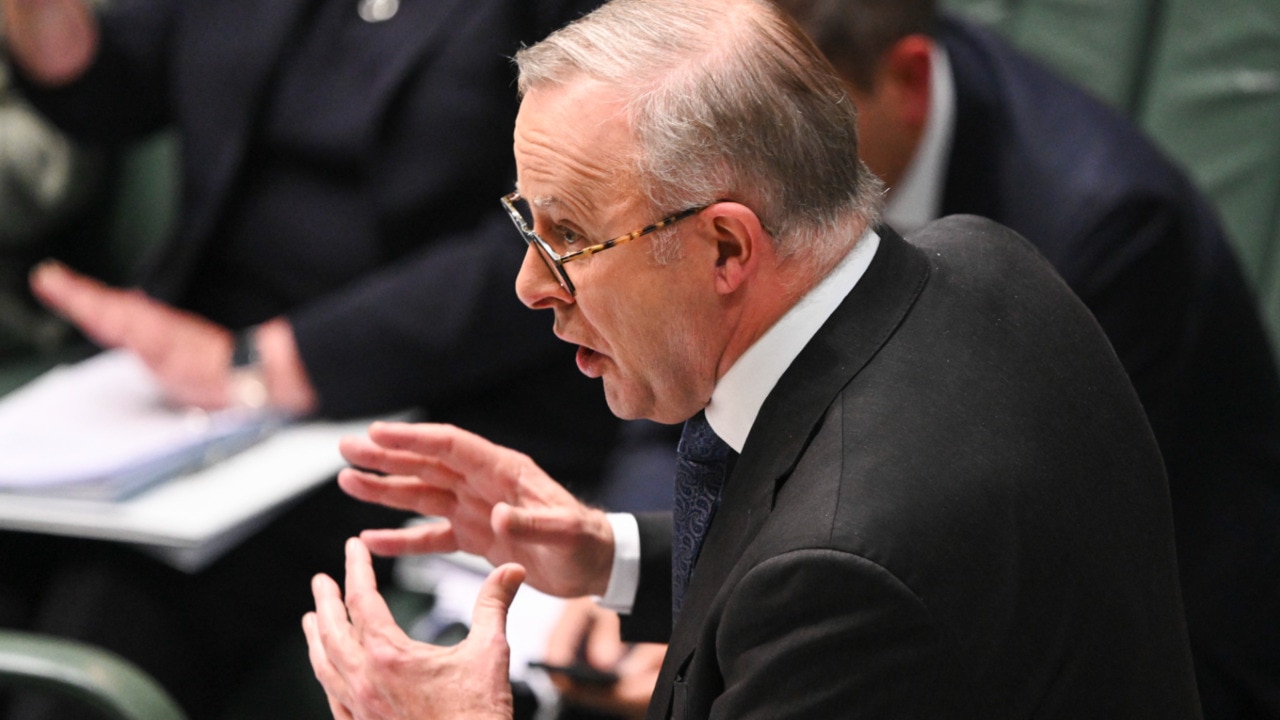
Australia’s record immigration intake is largely being fuelled by an unprecedented influx of international students, which universities claim are the country’s fourth-biggest “export” bringing in $40 billion a year.
But some experts have long questioned that figure, produced by the Australian Bureau of Statistics (ABS), arguing it does not take into account income earned by students while working in Australia — around 52 per cent of international students work — or money sent back to their home countries.
“Only a strange statistical assumption has created a ‘$40 billion export industry’ out of one that is probably closer to a $15-20 billion one. Or less. We don’t know,” economist Cameron Murray, author of The Great Housing Hijack, wrote last year in an in-depth blog post digging into the ABS’ methodology.
“Wherever the ABS figures are coming from, it amounts to assuming that the average international student is spending about $78,000 per year, which is a touch more than the average Australian full-time employee can with their after-tax income,” he said.
“And all of this assumed spending is counted as an export, even if the international students work locally and stay for many years.”
Leith van Onselen, co-founder of MacroBusiness and chief economist at MB Fund and MB Super, has previously gone so far as to brand the $40 billion figure “one of Australia’s biggest economic lies”.
“The fact that so many students pay for their fees and living costs via working in Australia necessarily means that this expenditure is by definition not an export,” he wrote. “This is especially the case for Indian and Nepalese students, which are Australia’s second and third largest student source behind China.”
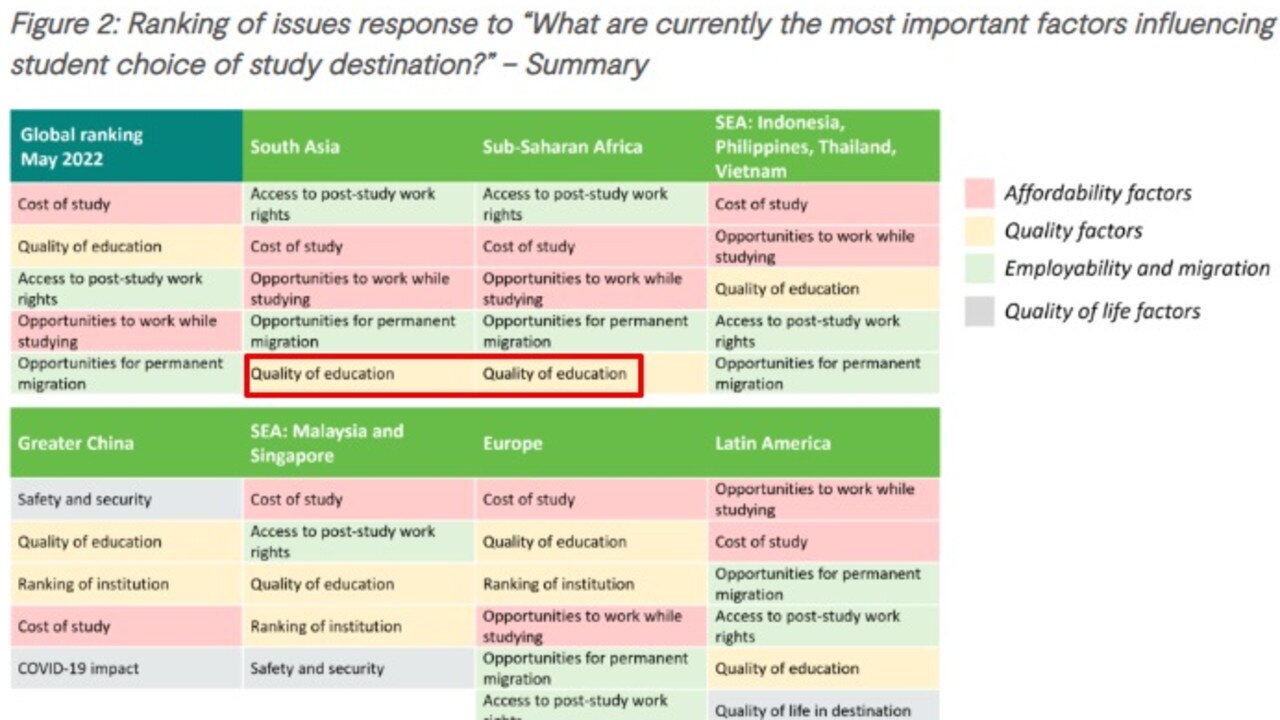
Repeated surveys by education services firm Navitas have found that “quality of education” is far down the list of priorities for most international students.
Students from South Asia, Sub-Saharan Africa and the Middle East and North Africa (MENA) all ranked “access to post study work rights” as their top priority in the most recent survey, which polled 943 education agents in 72 countries in May 2023.
“Opportunities to work while studying” also ranked higher than “quality of education” for students from South Asia and Sub-Saharan Africa, the latter group ranking quality dead last along with the Americas.
But Australia was rated the most appealing destination for “access to post study work rights” and “opportunities to work while studying”.
“The Indians themselves know exactly what is going on,” David Llewellyn-Smith, editor of MacroBusiness and chief strategist at the MB Fund and MB Super, wrote on Thursday.
“They care about migration, not education quality. And now Aussie workers, our most vulnerable, and youth are all headed for poverty in low-wage tent cities that belong in Calcutta. This is not government. It is a highly destructive farce.”
Llewellyn-Smith blamed “gormless” Prime Minister Anthony Albanese for signing “a bunch of shockingly bad agreements” with Indian Prime Minister Narendra Modi last year.
“Amazingly, Albo equalised all Indian qualifications with their Aussie equivalents. Even though everybody knows that most of the Indian education system is an immense scam,” he wrote.
“And now come the results. Amid crashing wage growth, overrun public services, and a national rental crisis unknown in Australian history, Albo can’t fill the gash in the Indian dam wall that he ripped open.”
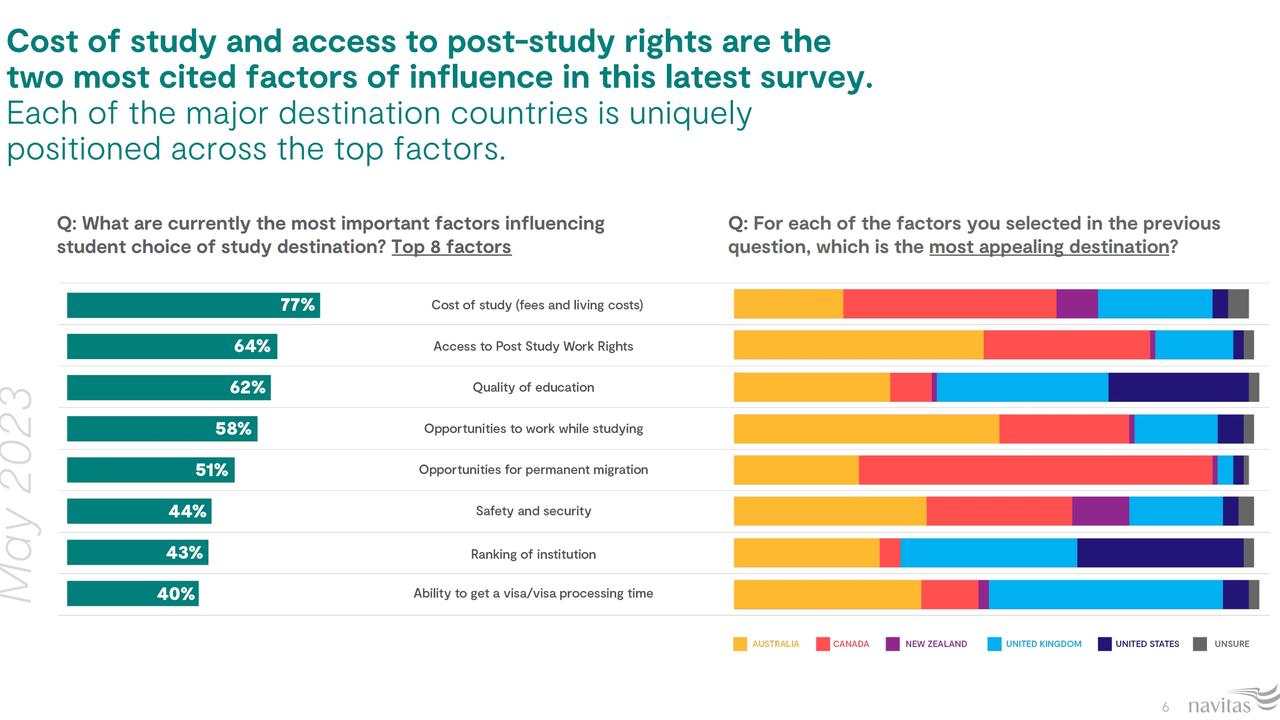
Amid growing public outcry, the Albanese government attempted to get out in front of fresh record immigration figures this week by recommitting to its crackdown on fraudulent visa applications and dodgy “ghost colleges” being used to game the system.
But many experts have defended the importance of international education.
Earlier this month, Peter Tulip, chief economist at the Centre for Independent Studies (CIS), argued foreign students were propping up Australians’ way of life.
“Education exports are how we, as a society, pay for our imported cars, TVs, clothing etc.,” he said on X.
“Restricting student immigration — one of our biggest export earners — would reduce our standard of living. The better way to reduce the housing shortage is to build more homes. With less export earnings we can pay for fewer imports. If export earnings were restricted, the exchange rate would depreciate, increasing the price of imports and reducing our standard of living.”
Universities Australia, which often touts the $40 billion figure, declined to weigh in on any debate over the methodology.
“International education is great for Australia,” a spokesman said.
“It underpins a higher standard of living for all Australians and supports essential jobs across the economy as well as the vital teaching and research activities our universities undertake. International students will play a crucial role economically and socially as we continue to recover from the pandemic.”
Education exports are how we, as a society, pay for our imported cars, TVs, clothing etc.
— Peter Tulip (@peter_tulip) March 5, 2024
Restricting student immigration -- one of our biggest export earners -- would reduce our standard of living.
The better way to reduce the housing shortage is to build more homes. pic.twitter.com/CbuwwTTpx1
He added, “The expert panel advising government on reforming Australia’s higher education system has reinforced the importance of international education to our nation and we’ll continue to work closely with government to ensure our international education system has the strong and sustainable footing it needs to support our universities and the nation.”
Dr Murray, in his analysis last year, conceded that the ABS “has the near-impossible task of estimating education exports”.
“The ABS methodology explains how the ‘centre of predominant economic interest’ is used to determine whether a person is a tourist buying export services or a local engaging in the normal economic activity of a resident,” he said.
The ABS methodology states, “The only exception to this residency guideline is for international students, who are deemed residents of their home economies for the duration of their study.”
Dr Murray explained that “for everyone but international students, if they are working and living in Australia the value of goods and services they consume is not an export”.
“Only international students are treated this way, despite most of them working locally,” he said.
“This is the statistical trick at the heart of the education exports figure.”
The ABS has been contacted for comment.
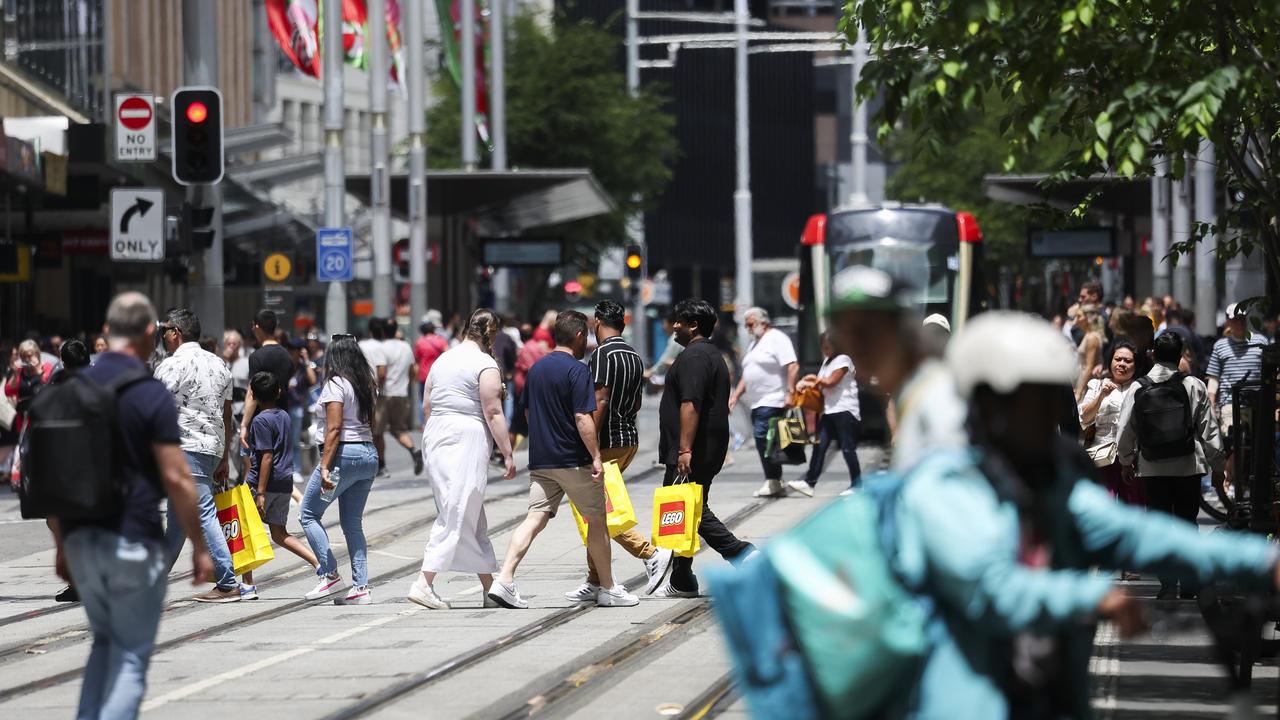
‘Government not in control’
New population figures released by the ABS this week showed net overseas migration in the September quarter was 21,800 higher than the previous quarter, with a net 145,200 arrivals, which is below the 150,000 some economists and the Albanese government had anticipated.
The quarterly increase is the second highest in history, but below the March 2023 quarter when Australia’s net migrant intake was 157,700 — the largest ever quarterly increase.
Net overseas migration increased by 60.3 per cent on the previous year and drove 83 per cent of Australia’s annual population growth.
Including natural increase, Australia’s population grew by 2.5 per cent to 26.8 million people in the year.
“It’s record highs, 550,000 net intake over the 12 months to September last year,” Daniel Wild, executive director of the Institute of Public Affairs (IPA) told Sky News on Thursday.
“That is 60 per cent higher than the previous record over a 12-month period to September. What is clear is that the government is not in control of its migration program and this is causing immense economic and humanitarian damage to our nation. We’ve had four consecutive quarters of negative per capita economic growth.”
Mr Wild said the last time that happened was in the early 1980s in the middle of a global economic recession.
“Migration makes the economic pie bigger but the slice of that everybody in this country is getting is now smaller,” he said.

Mr Wild added, “What is clear is that the government’s policy is fundamentally out of step with the expectations of the community.”
Advocacy group Sustainable Population Australia (SPA) said Australia’s population growth of 2.5 per cent was “equivalent to that of Nigeria, Senegal and Somalia”.
“Growth of just under two-thirds of a million people in one year on this largely arid continent with a variable climate and poor soils is unconscionable,” SPA national president Jenny Goldie said in a statement.
“It is unsustainable in economic, social and environmental terms. Indeed, it is nothing short of criminal. It is the main cause of the all-time rental crisis and the cruel increase in homelessness, but Mr Albanese simply doesn’t care. He knows he has no voter consent for what he’s doing.”
Ms Goldie said every new person, whether migrant or native-born, required around $120,000 in public funds for basic infrastructure.
“Multiply that by 659,800 and you get $79 billion,” she said.
“That is a huge drain on the economy. It will take decades for the government to recoup those costs in taxes from new immigrants, if at all. Socially, anyone not with their head in the sand has made the connection between housing unaffordability and recent rapid population growth. These latest population figures will push up rentals even more. Environmentally, our flora and fauna is at increasing risk from human activities and we are not on track to meet our greenhouse gas reduction targets. The government’s 43 per cent reduction on 2005 levels by 2030 is already a pipe dream.”

But KPMG head of migration services Mark Wright told The Australian it was critical the government did not get spooked by the high migration numbers and stuck to its policies to attract migrants.
“The government’s migration strategy released in December identified a number of critical areas of reform aimed at simplifying the migration program for employers to better target, attract and retain skilled talent,” Mr Wright said.
“It’s important that the latest migration program statistics do not distract the government from this important priority which will drive improved productivity and growth. An informed discussion around Australia’s migration program should centre on the skills Australia requires, rather than simply the numbers.”
One Nation Senator Pauline Hanson seized on the latest figures to call back to her infamous claims that Australia was being “swamped” by Asian immigrants.
Ms Hanson called for a plebiscite to ascertain what Australians believe is an appropriate level of immigration, saying the “majority” did not want a “Big Australia”.
She was supported by her One Nation colleague Malcolm Roberts and United Australian Party senator Ralph Babet but was ultimately defeated in her efforts.
In her speech, she cast minds back to the first speech she made as the Oxley MP in 1996, where she said, “I believe we are in danger of being swamped by Asians.”
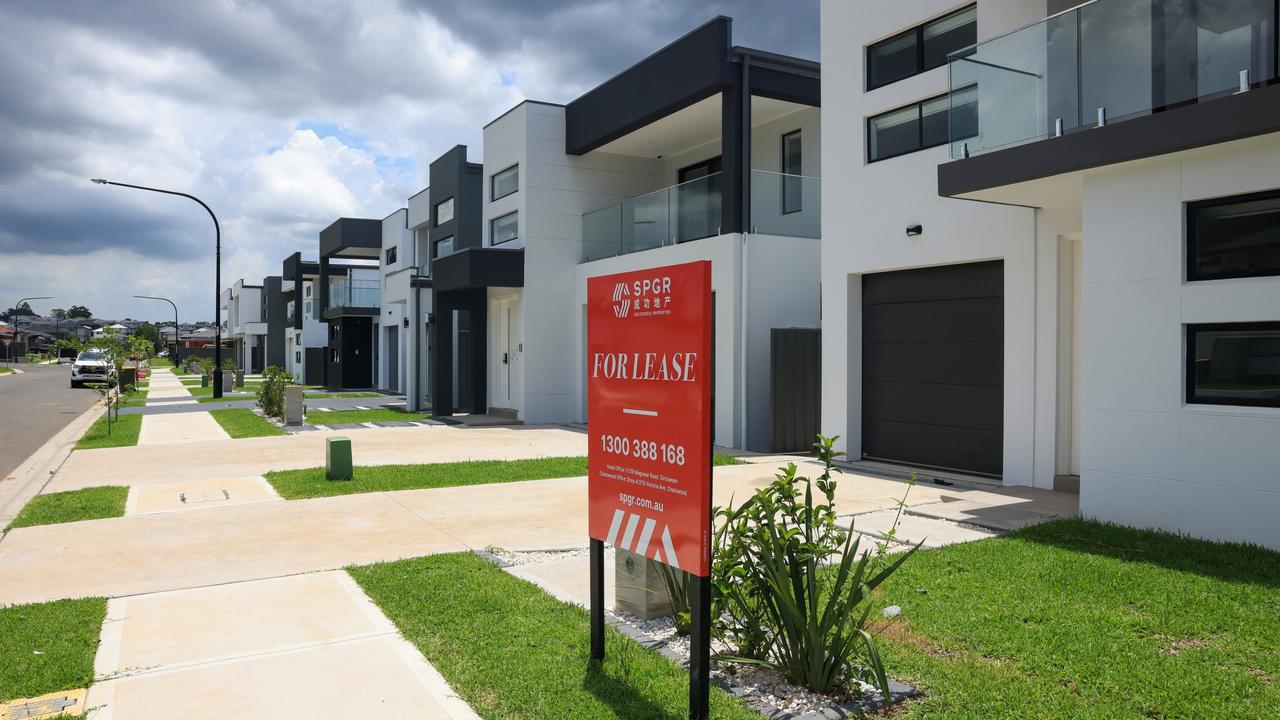
“I was called a racist, of course, by the major parties and big media who are in lock-step of a big Australia,” she said on Thursday.
“But today, seven out of the top 10 source countries for immigration to Australia are in Asia — including four out of the top five — and the numbers are out of control. Was I right? You’d never admit it. But yes, I am.”
Opposition immigration spokesman Dan Tehan said despite the government’s insistence otherwise, “Labor’s Big Australia” was just getting bigger, comparing the massive annual increase to “almost as many migrants … as the 600,000 fans who saw Taylor Swift across seven sold-out concerts at the MCG and Accor Stadium”.
“If you look at the first quarter for this financial year, the numbers continue to grow. As Australians will rightly ask, where are all these people going to live? We’re in the middle of a housing crisis,” he said.
He said the government needed to urgently cut migration to alleviate the pressures on housing, infrastructure, government services and the environment.
“In December, Anthony Albanese said ‘we have a plan to fix migration’, well, the Australian people are still waiting to see this plan in action,” he said.
The Albanese government said that over the coming weeks, high-risk education providers will be issued with a six-month deadline to comply with new standards or otherwise face suspension from recruiting students from overseas.
“The actions this weekend will continue to drive migration levels down while delivering on our commitments in the migration strategy to fix the broken system we inherited,” Home Affairs Minister Clare O’Neil said.
Phil Honeywood, chief executive of the International Education Association of Australia, told The Australian Financial Review higher visa rejection rates and slow processing were already taking a toll on enrolments.
“We are confident the headline figure of international students will continue to come down well before the federal election,” he told the newspaper.
“On that basis, we are arguing the case to government that it should not get too carried away with rejecting hopeful students given the importance of this industry to the economy and Australia’s relationships in the region.”

But the opposition is set to pile on the pressure, pushing for the government to deliver on its promise to halve net migration over two years.
Downplaying the migration increase on Wednesday, Ms O’Neil pointed a sharp fall in international arrivals in the final three months of the year, which would not be captured by the data.
“Since September, the government’s actions have led to substantial declines in migration levels, with recent international student visa grants down by 35 per cent on the previous year,” Ms O’Neil said.
While border closures through the pandemic pushed Australia’s migration intake into reverse, in the decade preceding Australia recorded an average yearly intake of just 218,000 — less than half of the expected figure.
Australia’s record migration intake has become an increasingly sensitive issue for the government, with the Coalition accusing Labor of pursuing a “Big Australia” strategy.
At the same time, the government is grappling with unprecedented housing and rental crises, which economists and analysts have warned is worsening due to the migration increase.
The government has accounted for the migration surge by contending the increase is a one-off event, as a rebalancing in population growth occurs after pandemic-era border closures stalled international arrivals.
Releasing a migration strategy in December last year, Ms O’Neil vowed to put the brakes on the surge in international arrivals.
According to the government’s own forecasts, it anticipates that Australia’s net overseas migration intake will be slashed by 50 per cent in 2025.
Should it be realised, a fall of this size would represent the largest decline in migration in Australia’s history outside of pandemics and world wars.
— with NCA NewsWire





